The Quincy 14H7 air compressor is a robust piece of equipment, often used in industrial applications, and the minimum pressure check valve is a critical component to ensure the proper operation of the system. The minimum pressure check valve helps maintain a minimum pressure in the compressor’s system, ensuring that the compressor and other parts of the system are not exposed to damaging pressure drops.
Purpose of the Minimum Pressure Check Valve:
- Prevents pressure loss: It ensures that there is always a minimum level of pressure in the system, which is necessary for the compressor to function properly.
- Protects the compressor: By maintaining a minimum pressure, it protects the compressor components (such as the lubrication system) from damage that might occur due to low-pressure conditions.
- Prevents backflow: The valve prevents the air from flowing backward when the compressor is not running, ensuring that pressure is maintained.
Location of the Minimum Pressure Check Valve:
The minimum pressure check valve in the Quincy 14H7 air compressor is typically located in the discharge line or near the air receiver tank. It is installed after the compressor pump to prevent the backflow of air into the compressor when the system is not running. The valve ensures that the system does not drop below the minimum pressure level necessary for the proper operation of the compressor.
Symptoms of a Faulty Minimum Pressure Check Valve:
- Pressure fluctuations: If the compressor is not maintaining a stable pressure or the pressure is too low, it might be a sign that the check valve is malfunctioning.
- Compressor failure to start: The compressor may not start properly if the minimum pressure is not maintained.
- Leaks or air loss: If you hear hissing or detect air escaping, the valve may be leaking or stuck in the open position.
- Increased energy consumption: If the check valve is not functioning correctly, the compressor may cycle unnecessarily or operate inefficiently, leading to higher energy costs.
Replacing the Minimum Pressure Check Valve on the Quincy 14H7:
When the valve needs to be replaced, it is essential to use the correct Quincy 14H7 minimum pressure check valve to ensure compatibility. A generic valve might not function as well or may cause operational issues.
Key Information for Replacement:
- Part Number: The exact part number for the Quincy 14H7 Minimum Pressure Check Valve can typically be found in the compressor’s manual or by contacting Quincy directly. For specific part numbers, you may need to consult the manufacturer’s parts catalog or an authorized distributor.
- Size/Threading: Ensure that the new valve matches the size, threading, and other specifications required by the 14H7 compressor.
Steps for Replacing the Valve (Summary):
- Turn off and de-pressurize the system.
- Locate the valve (usually near the discharge port).
- Remove the faulty valve using a wrench or socket.
- Inspect and clean surrounding areas, including threads.
- Install the new valve with correct flow direction (as indicated on the valve).
- Tighten securely, but don’t overtighten.
- Repressurize the system and test for leaks.

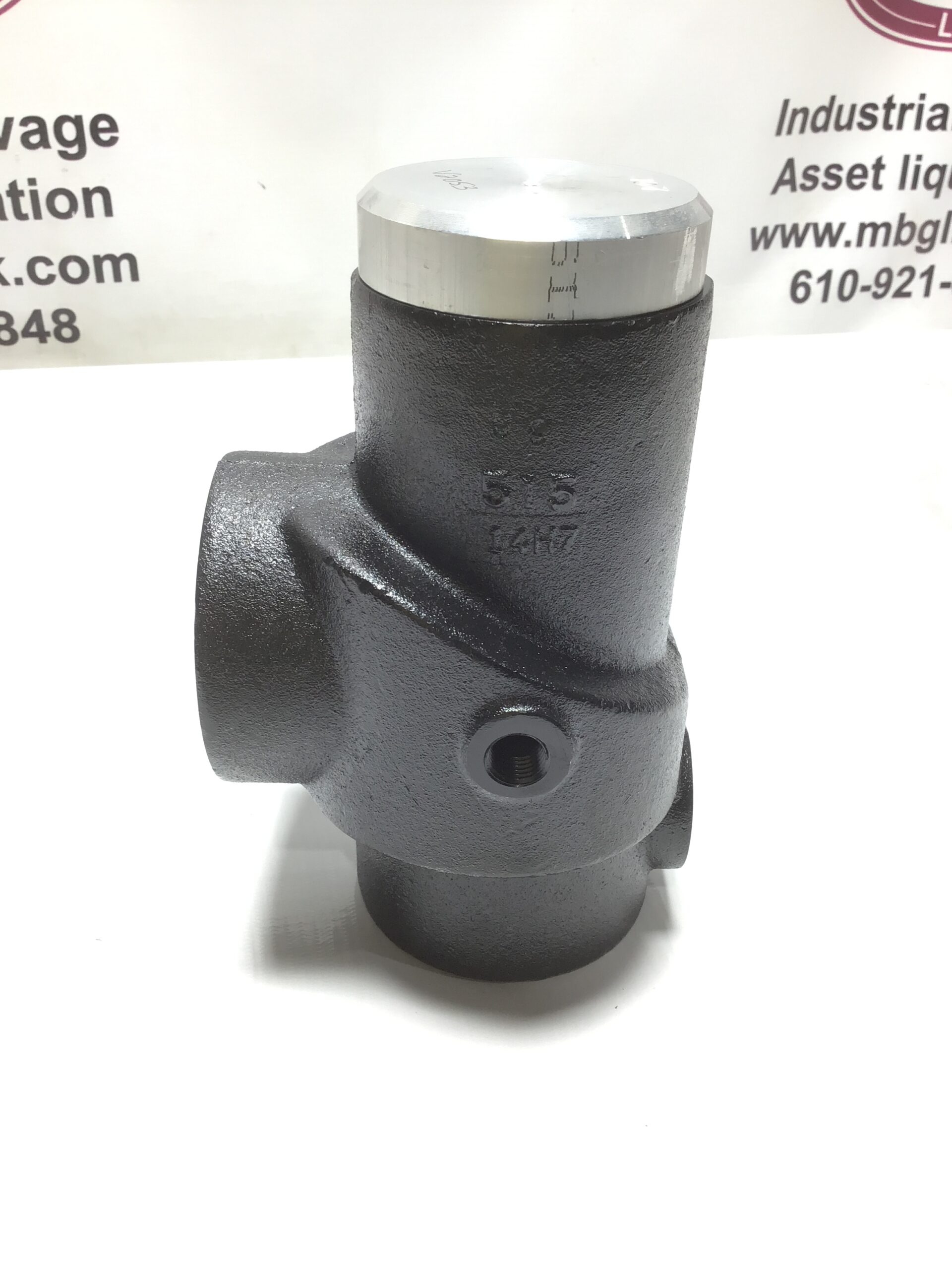
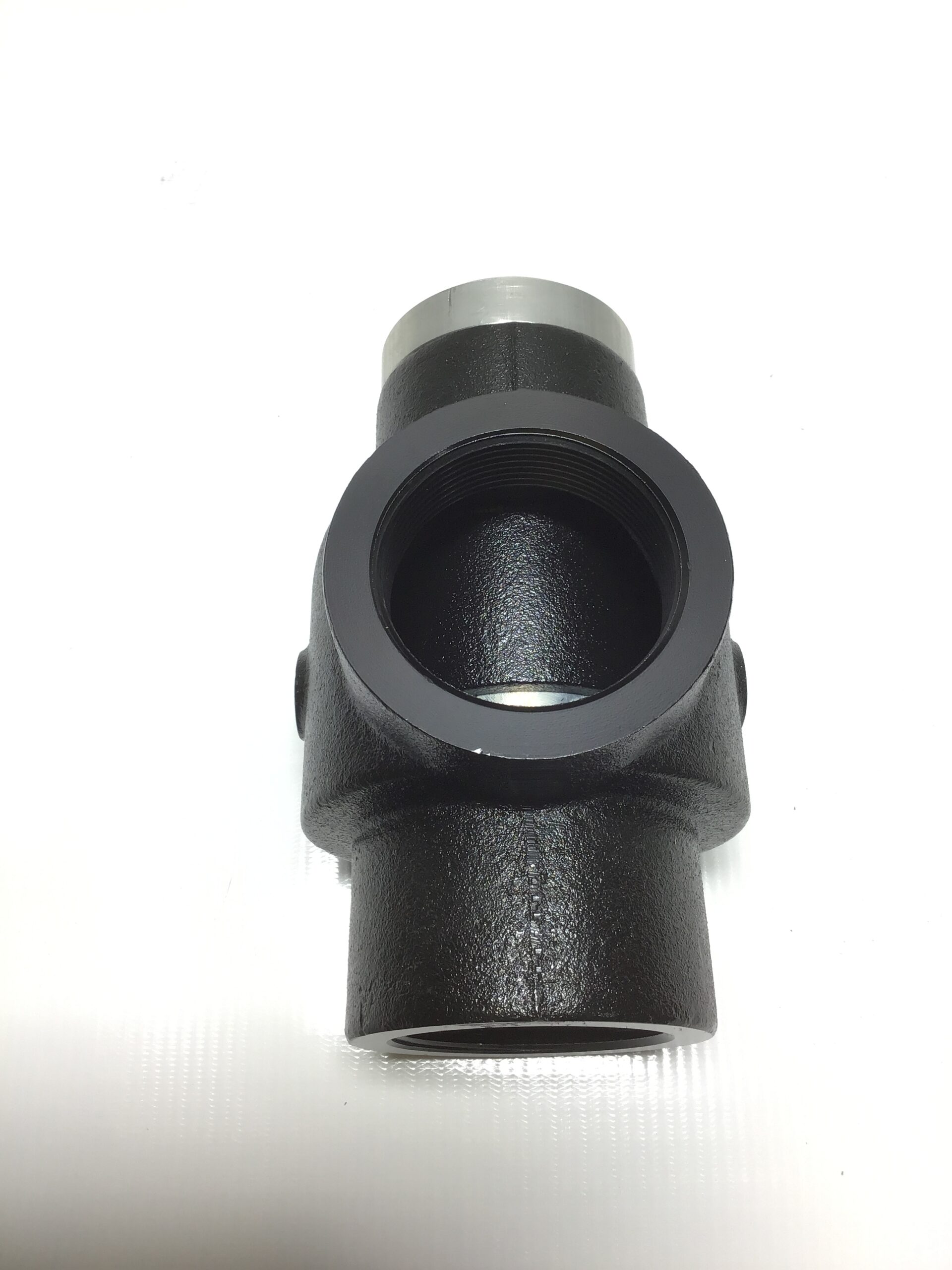
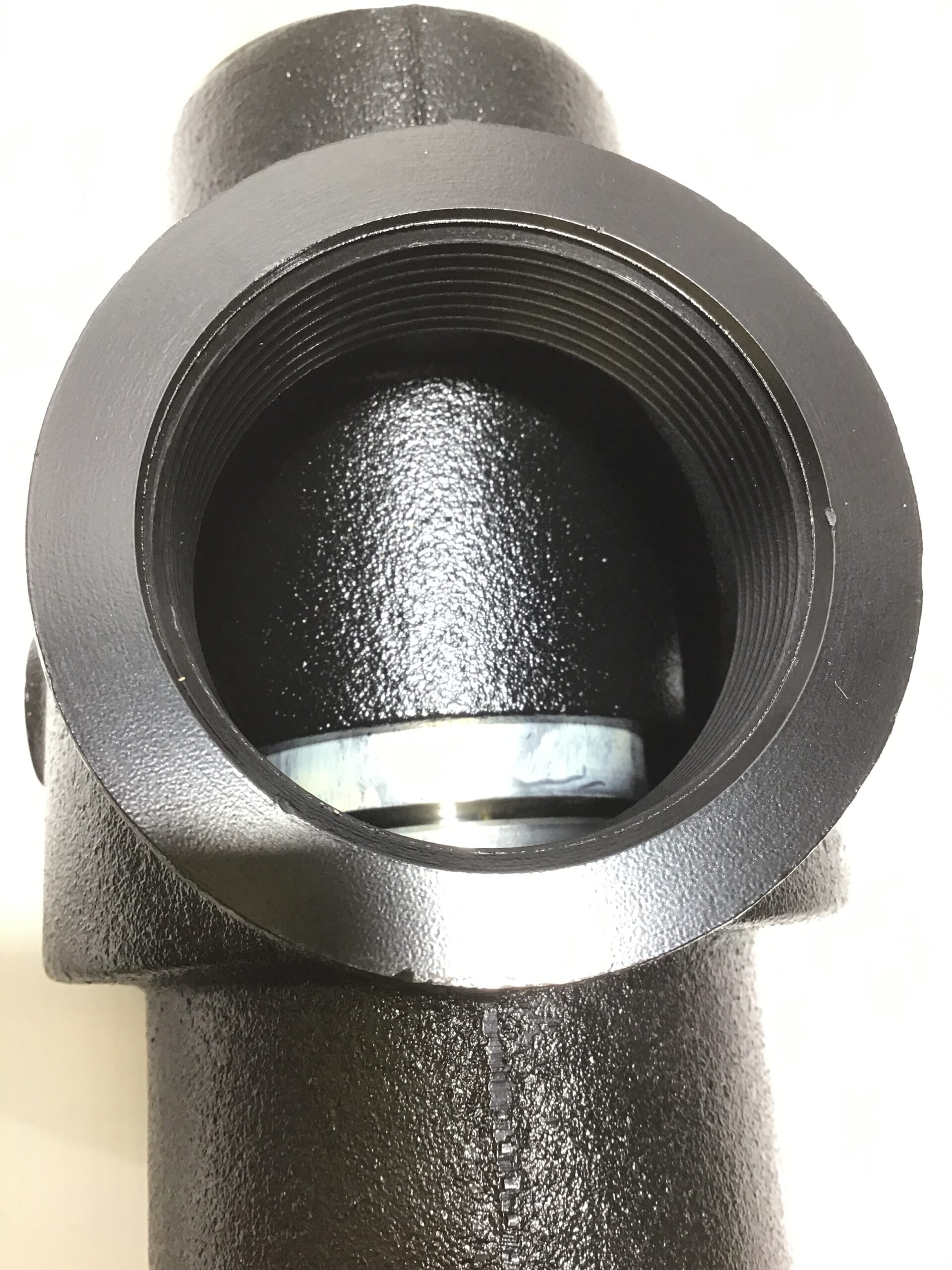
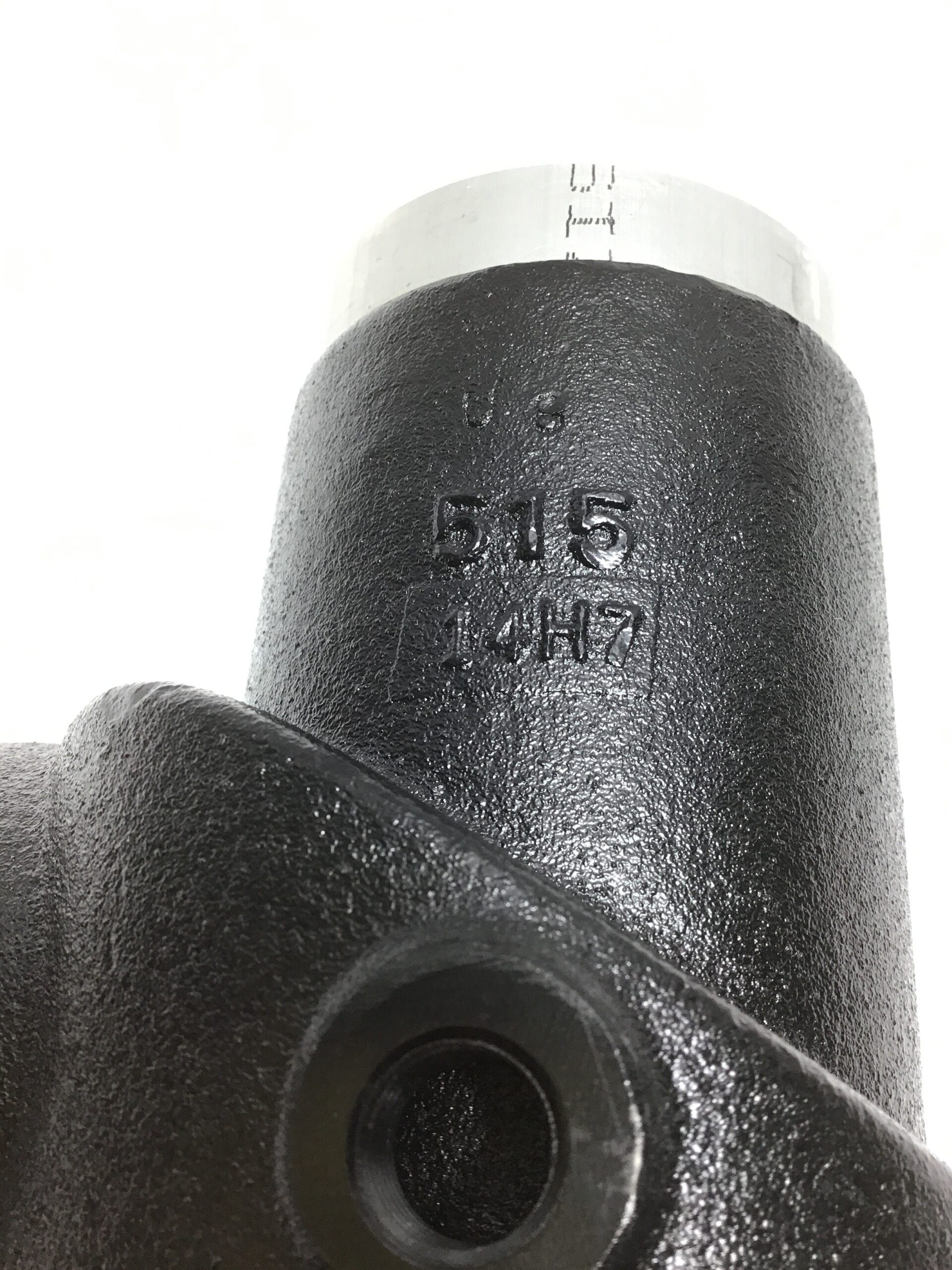

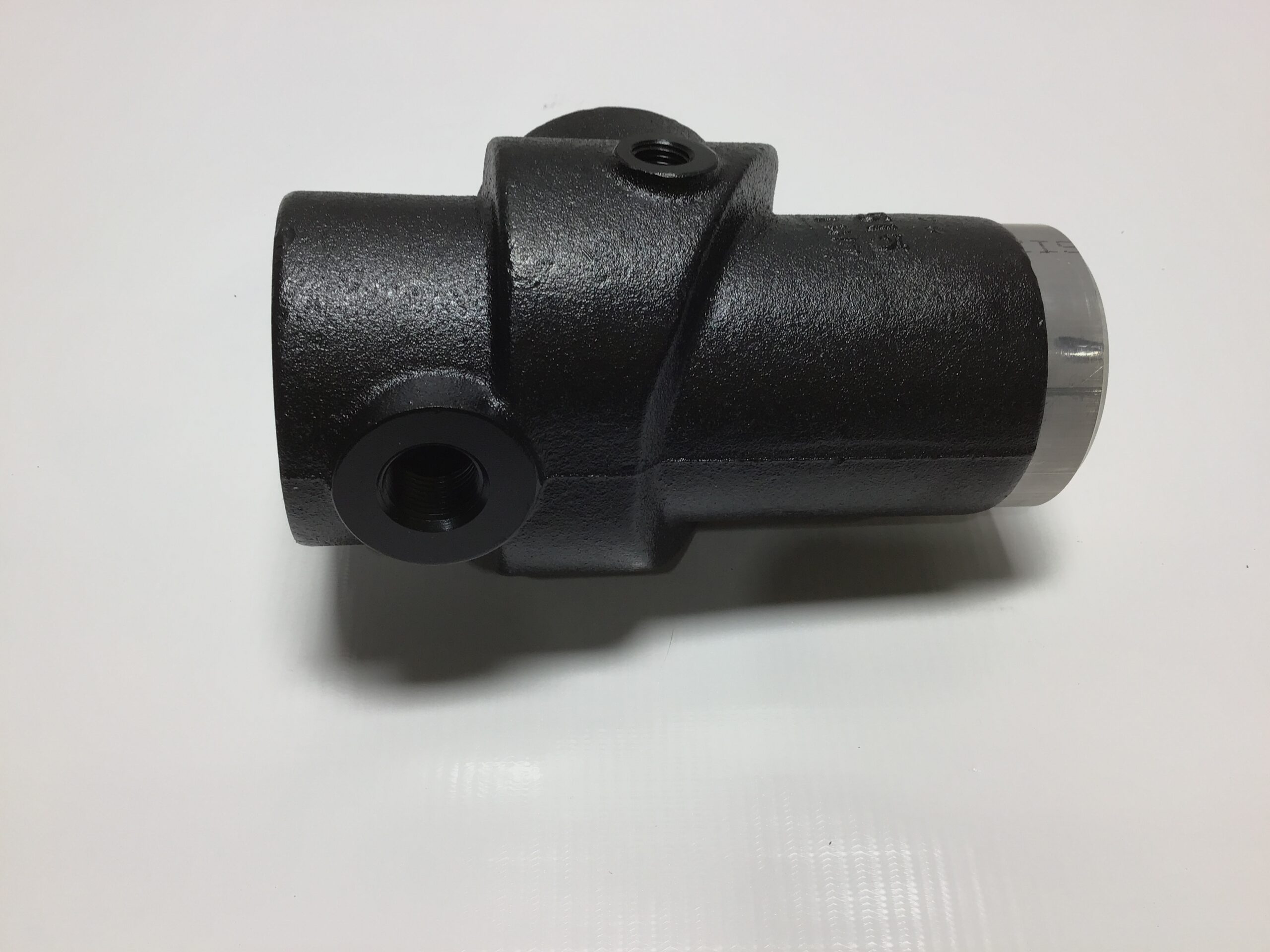
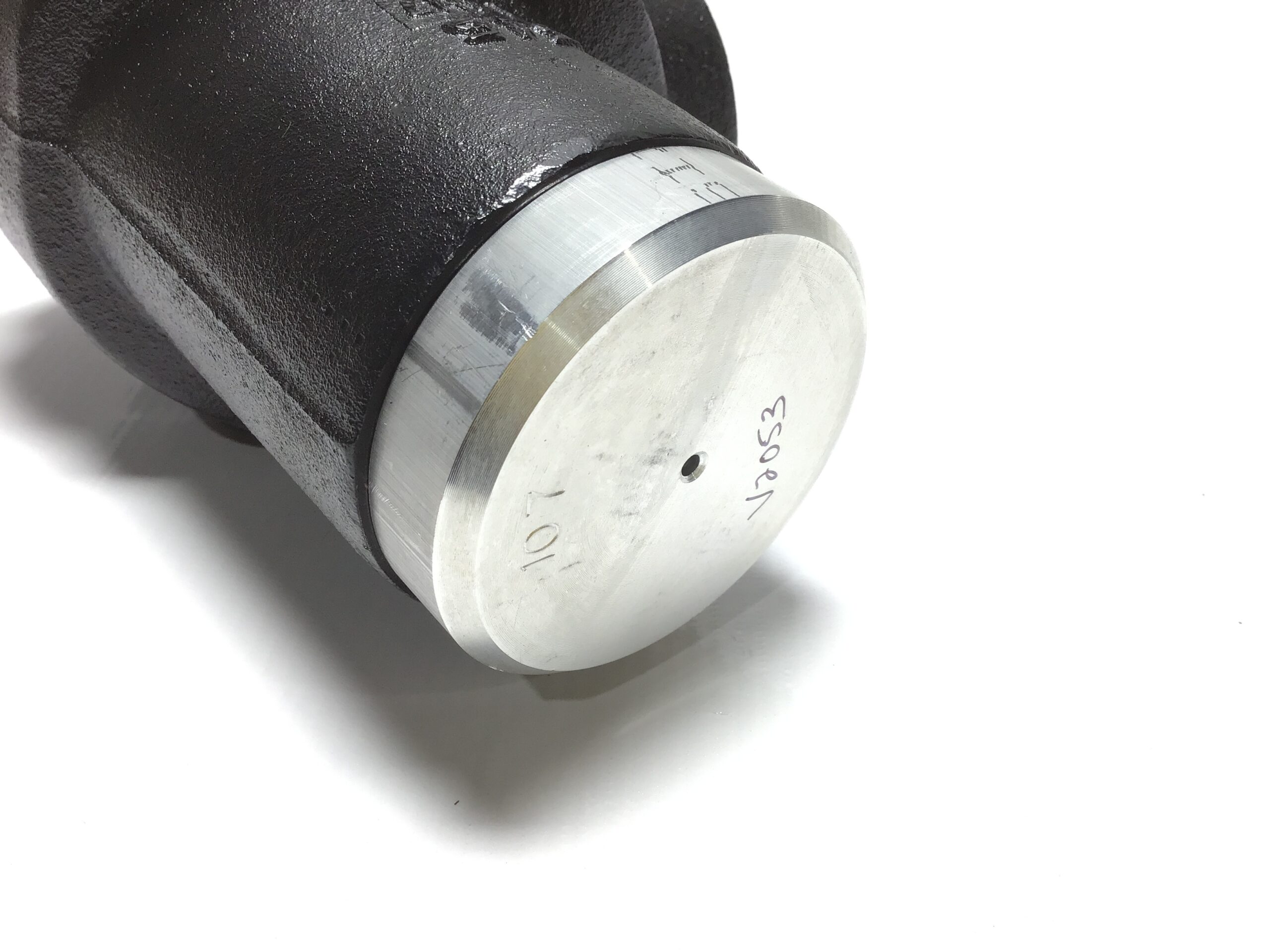
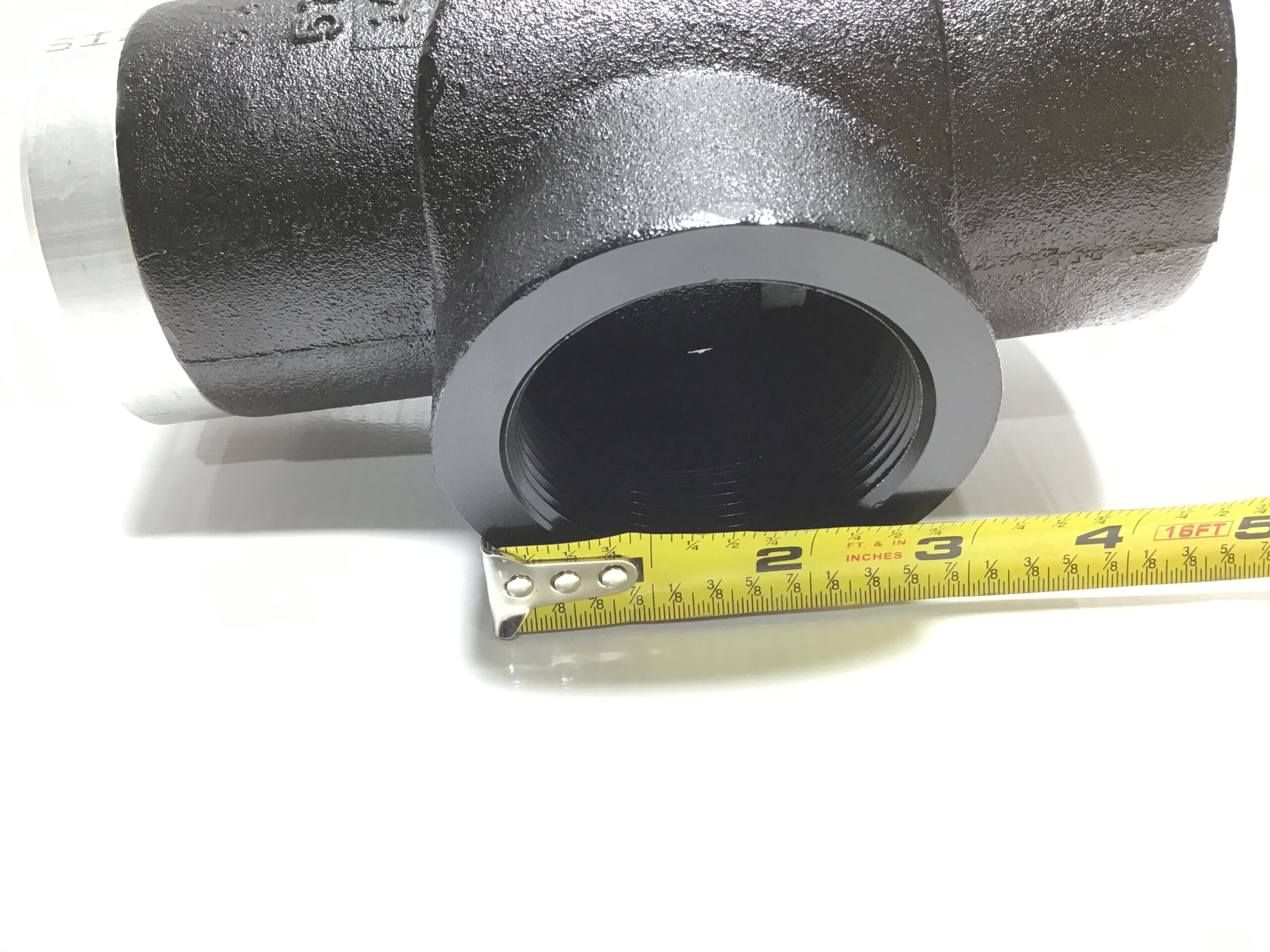
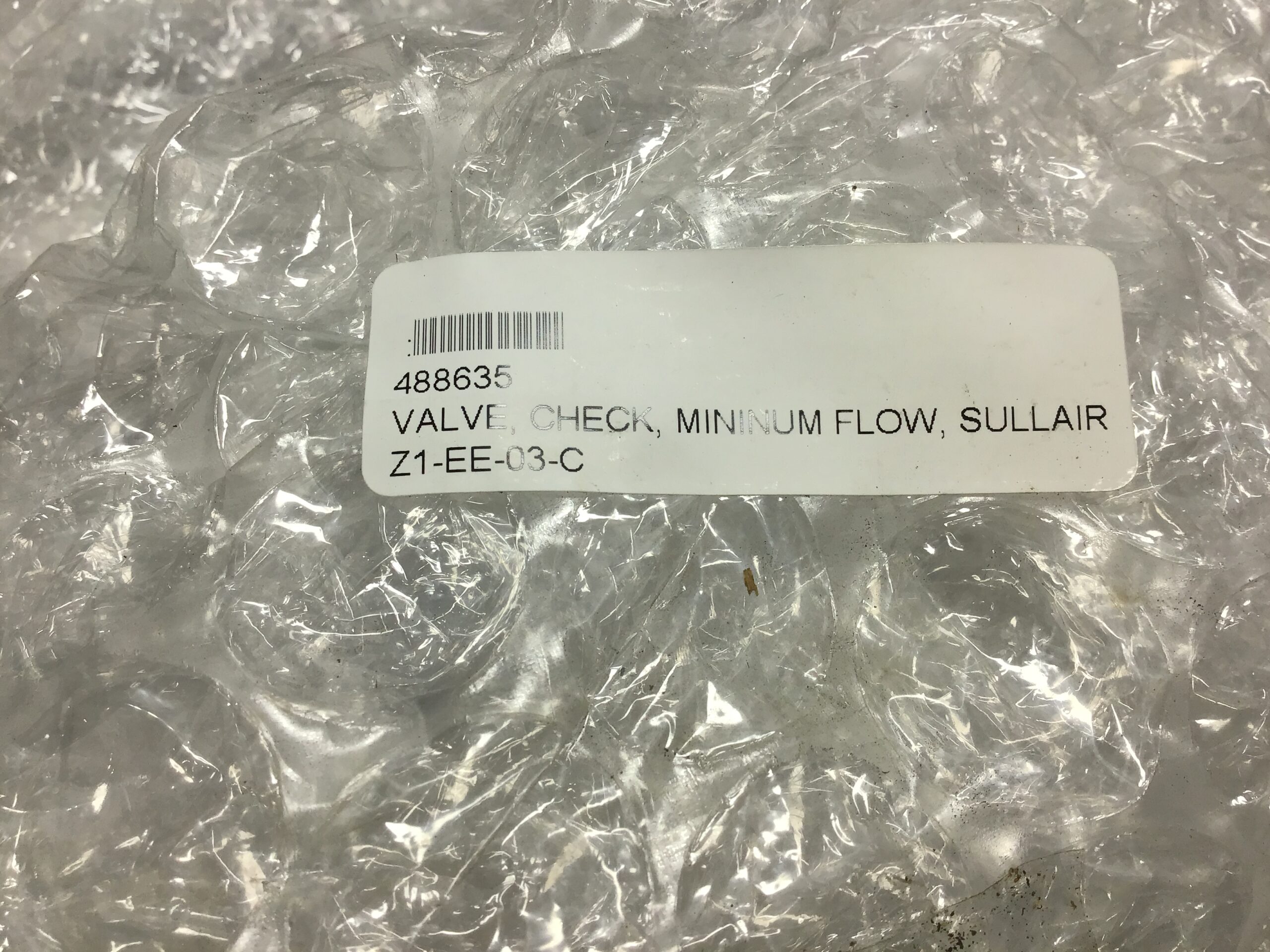

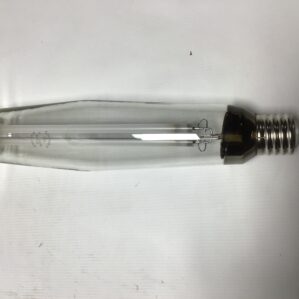
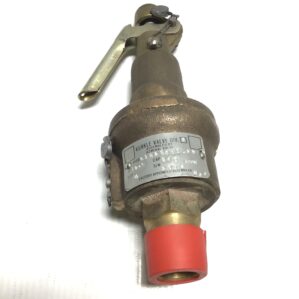
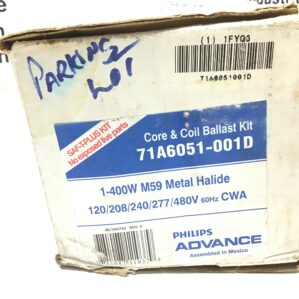
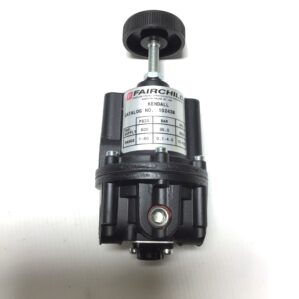
Reviews
There are no reviews yet.